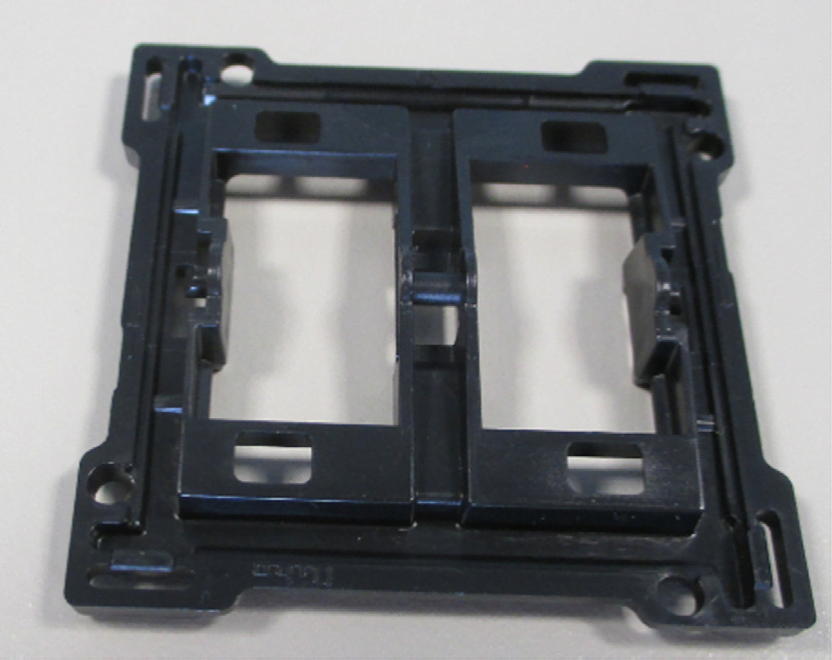
A study (two papers) from Belgium (1), shows that phosphorus flame retardants in LCD TV back covers are compatible with an optimal recycling strategy, identified as dismantling, take-back of the covers and reprocessing to new E&E parts. Tests carried out showed that PC/ABS containing phosphorus FRs could be recycled (melt filtration compounding and injection moulding), showing quality compatible with industrial use in existing E&E parts production (without process redesign), and achieving UL-94V0 at 3.2 mm and V2 at 1.7 mm without addition of FRs. It is concluded “that when a dismantling based recycling for direct reapplication is applied for PC/ABS with phosphorus FRs a high quality recyclate can be produced which is characterized by good processing, mechanical, flammability and aesthetical properties”. The authors indicate that nearly 400 000 t/y of LCD TVs will reach end-of-life in Europe in 2020, of which 14% by weight is plastic back covers. The paper summarises sorting technologies available today: Fourier Transform InfraRed (FTIR), Raman spectroscopy, X-ray transmission, X-ray fluorescence, sliding spark spectroscopy and laser induced breakdown spectroscopy. Other recycling strategies compared included recycling of the back covers to masterbatch production (tested and shown operational for HIPS containing brominated FRs). This may offer logistic benefits because low recyclate quantities can be handled by masterbatchers. Both the above strategies were considered preferable to sorting after schredding of mixed WEEE because higher quality sorting is achieved by dismantling, so enabling economic recovery of “high value of additives, such as FRs”. A key conclusion is the importance of collaboration between WEE recyclers and customers for recycled materials, as well as the need for E&E equipment to be designed for dismantling. The Life Cycle Assessments (LCA) of the difference recycling scenarios are compared in a third paper (2) indicating that in this case, WEEE plastics recycling has lower environmental impact than incineration with energy recovery and virgin plastic production. The LCA is above all driven by quantities of plastic recycled, rather than be recyclate quality. Recycling of FRs has no significant impact on the LCA, because the impact of their production (per kg) is considered similar to that of polymers.
1 = “Towards a more circular economy for WEEE plastics – Part A: Development of innovative recycling strategies” and “Towards a more circular economy for WEEE plastics – Part B: Assessment of the technical feasibility of recycling strategies”, F. Wagner et al., Waste Management 100 (2019) 269–277 https://doi.org/10.1016/j.wasman.2019.09.026 and Waste Management 96 (2019) 206–214, https://doi.org/10.1016/j.wasman.2019.07.035 funded by the Flemish Environmental Technology Platform (MIP) and the Flanders Innovation & Entrepreneurship (VLAIO) in the Next Level Plastics Recycling project and with Bertin Technologies, Belgium.
Photo: light switch internal part injection molded from recycled PIN flame retardant PC/ABS
2 = “Diversified recycling strategies for high-end plastics: Technical feasibility and impact assessment”, W. Dewulf et al., CIRP Annals – Manufacturing Technology 68 (2019) 29–32 https://doi.org/10.1016/j.cirp.2019.04.004